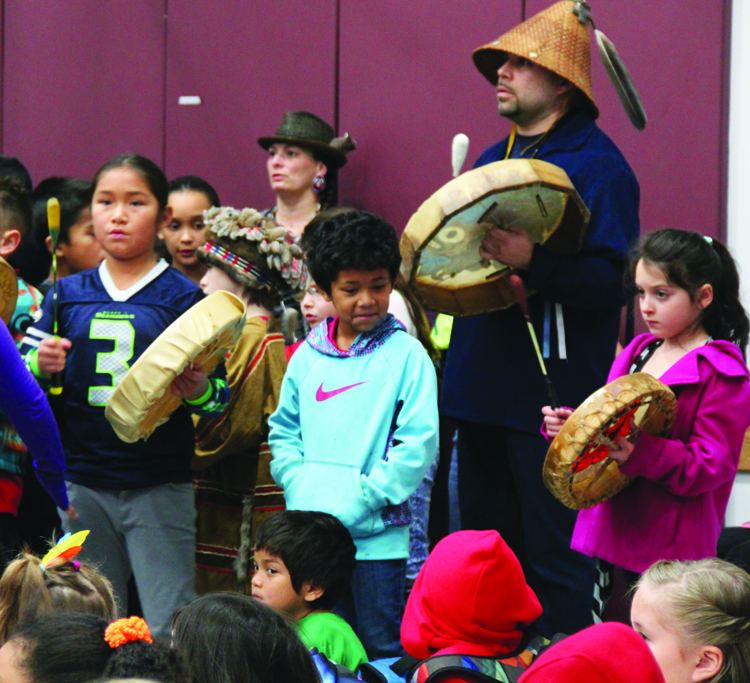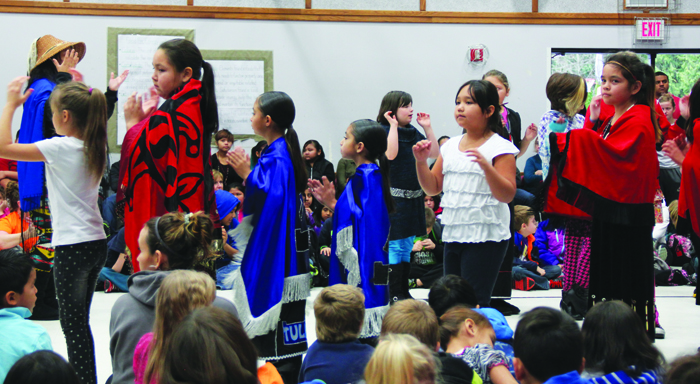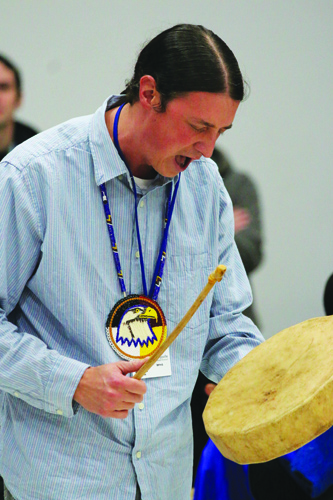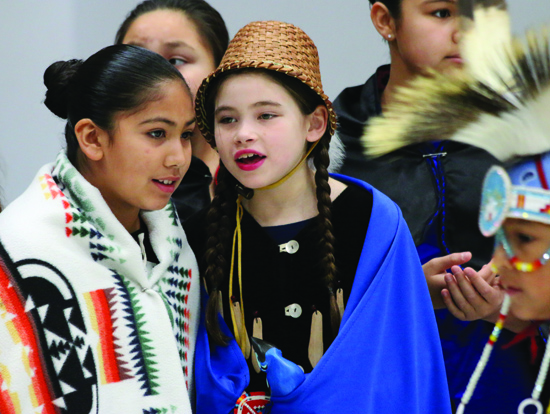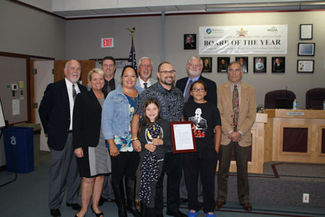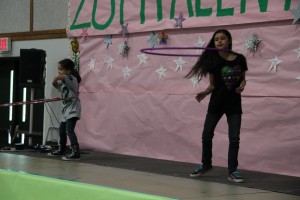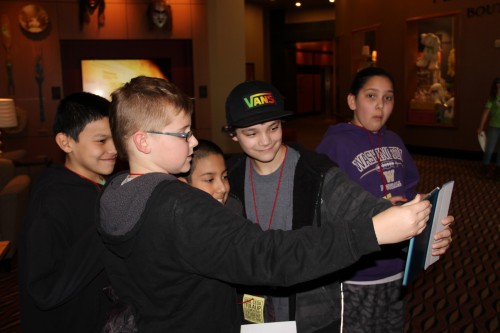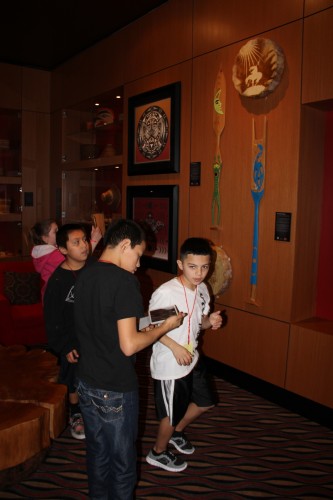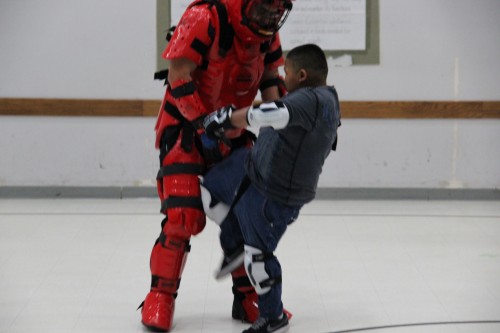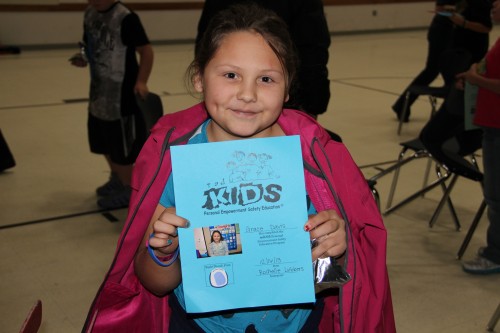By Brandi N. Montreuil, Tulalip News
TULALIP – A security operations management firm called New Dawn Security has partnered with Tulalip Police Department to assess risks and develop plans to mitigate risks. New Dawn who primarily works with school districts was approached last summer by Tulalip Police Chief Carlos Echevarria who saw a need for an increased risk assessment plan at the Tulalip/ Marysville School Campus, which includes the Quil Ceda & Tulalip Elementary, Heritage High School, 10th Street Middle School and Arts & Technology High School.
“I met Sean Spellecy at a meeting hosted by the Marysville Police Department where he was presenting on New Dawn. We have all heard of the statistics across Indian country about violence and crime. So when we look at Indian country violence, and children exposed to violence and drugs, we see there is a need in our tribal communities for our children to be safe and that also includes the one place they spend the most time at. When Sean’s presentation included the 26 Safe School Standards developed by the Department of Justice, I was sold. I knew it was the right thing to do,” said Echevarria.
The set of school safety standards created by the U.S. Department of Education and Department of Justice can be embedded into day-to-day school operations to make schools as safe as possible. New Dawn has developed a system based off the 26 Safe School Standards to measure a school’s safety rating.
“The first thing we do is a prevention assessment. What is currently in place to be able to prevent all of the risks that you could potentially face. This also goes for medical emergencies all the way down to transportation accidents, all of it. Anything that interrupts education environment or harms kids,” said New Dawn Security creator Sean Spellecy, a retired school principal.
During the tenure of Spellecy’s education career, horrendous crimes committed against his students prompted him to develop a program to keep students and schools safe, later called New Dawn Security.
“Ten years ago schools didn’t have to worry about 90 percent of the stuff that they have to worry about today,” said Spellecy.
Evolving monthly plans are developed according to each school’s assessment risks. These plans include training for educators on medical emergency prevention, active shooter prevention protocols, sexual abuse and misconduct protocols, crisis response and increasing police patrols and hosting law enforcement days where students learn how law enforcement work to keep them safe. Assessment risk plans can also include implementing safer locks and alarm systems, assessing the safety of school grounds, like checking for blinds spots where students may gather, anti-bullying, and what to do in case of food allergies.
Spellecy contacted Marysville School District to discuss including all district schools in a service contract following the discussions with Chief Echevarria about schools located on the Tulalip Indian Reservation. The district declined services last August due to budget concerns.
Ray Houser Marysville School District Assistant Superintendent said, “At the point in the school year when New Dawn approached us, we had not set aside specific resources or have a budget line item reserved for their type of service. Graciously New Dawn offered to conduct some piloting of their services, which we thankfully accepted. Following the piloting of New Dawn’s services, we began researching, and continue to research, their service as well as a number of other organizations that provide such services.”
Despite the decline for services by the district, the proximity of the Tulalip/Marysville Campus schools to the reservation compelled Chief Echevarria to seek funding from the Tulalip Tribes Board of Directors to seal a contract for New Dawn services for the schools.
The contract is paid out of the police department’s annual budget. Chief Echevarria said, “I didn’t want the cost of the program to be a hindrance or a deterrent for us. Once I received the go-ahead, I was going to find the funding. It was that important and that much of a need then that I was willing to do that.”
Tulalip Police Department has signed a two-year contract with New Dawn Security. Evolving monthly plans will be developed based on assessment risk needs.
“Every single staff member at all four schools has been trained on the warning signs of a potentially violent individual and lockdown procedures protocols of the district. They had all been trained on alert, avoid, deny and defend prior to October 24,” said Spellecy.
“Having police in schools helps tremendously. Having cameras in schools helps but that only covers just one or two of the safe school standards that go out throughout the school. There is parent and student education, all this plays a part in keeping schools safe. Each of us shares a piece of this puzzle to make these schools as safe as possible. Times are changing. The role of principals to just focus on education is over, now they have to be experts in every field of safety. If I can alleviate some of that and look at school safety differently, as well as create immediate response plans on what occurs then I believe we are achieving our goals,” said Spellecy.
For more information on the New Dawn Security and the 26 Safe School Standards visit the website www.newdawnsecurity.com.
Brandi N. Montreuil: 360-913-5402; bmontreuil@tulalipnews.com


